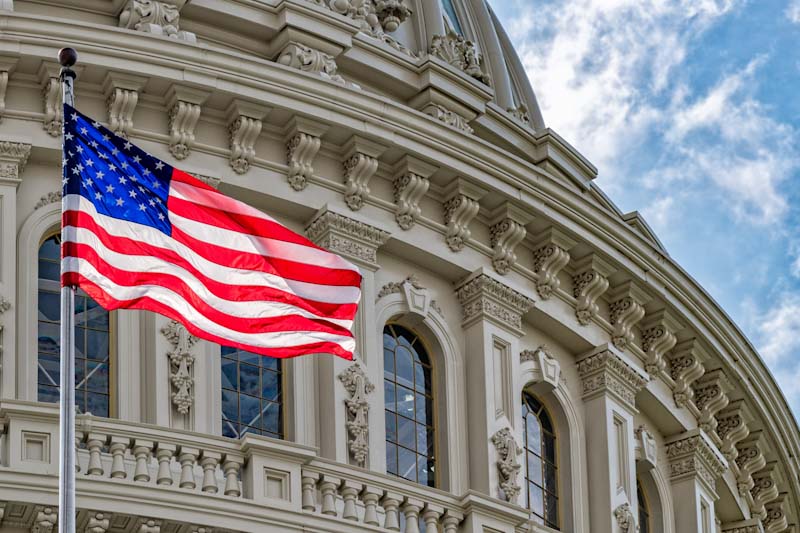This website uses cookies so that we can provide you with the best user experience possible. Cookie information is stored in your browser and performs functions such as recognising you when you return to our website and helping our team to understand which sections of the website you find most interesting and useful.
News
Bi-weekly Legislative Update: USMCA & Tariff Retaliation with China
USMCA
Congress returned this week from the lengthy August recess leaving only three weeks in September to make progress on congressional priorities, including steps toward passing the United States-Mexico-Canada Agreement (USMCA). At the end of the month, lawmakers head back out of town for another 2-week break. The Vinyl Institute and other businesses groups kept active during the August recess advocating members of Congress for support and passage of the trade agreement.
Moving forward on the USMCA continues to hinge on negotiations between U.S. Trade Representative Robert Lighthizer and the Democratic USMCA working group on the core issues on labor, environment, enforcement and prescription drugs. In early August, House Democrats gave the USTR detailed text proposals on these issues but have yet to receive any formal counter-proposals from USTR Lighthizer. Some members remain optimistic that a vote on the USMCA could happen this fall, but as time on the congressional calendar narrows, it is more likely that a vote on the USMCA might be pushed into 2020.
U.S.-China Tariffs
While Congress was out for the August recess, there was plenty of international politics keeping Washington busy. President Trump returned from the G-7 Summit held in France, where he met privately with leaders from the U.K., France, Japan, India, Germany, and Canada. President Trump and Japanese Prime Minister Shinzō Abe took the opportunity to announce they had reached a bilateral agreement “in principle” on trade.
Before the President left, trade tensions between the U.S. and China escalated quickly. China announced plans to impose tariffs on $75 billion worth of U.S. goods, including retaliatory tariffs on cars. In response, President Trump announced that he planned to increase existing tariffs on $250 billion of Chinese goods, from 25 percent to 30 percent, and to advance a new round of tariffs on another $300 billion in Chinese exports from 10 percent to 15 percent. Furthermore, President Trump tweeted that he “hereby ordered” U.S. companies to start looking for an “alternative” to China, including companies leaving China altogether.
Several days after, the President said that the Administration had been in contact with Chinese officials and China was prepared to return to the negotiating table and “wanted to make a deal.” Trump’s closing remarks at the G-7 were more optimistic about a trade deal as he praised Chinese President Xi Jinping. A deal with China would help reduce the current jittery market and calm any recession fears.
To see previous legislative updates, click here.


